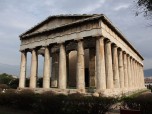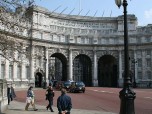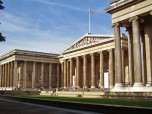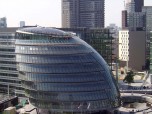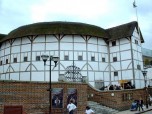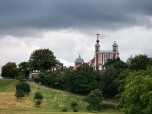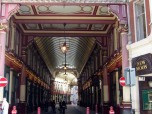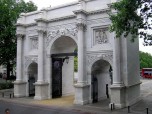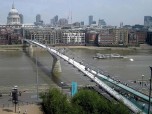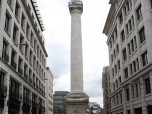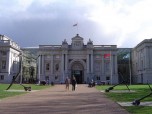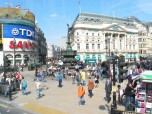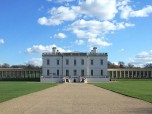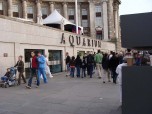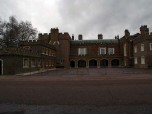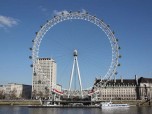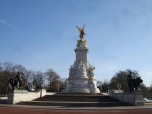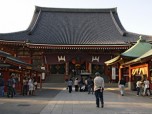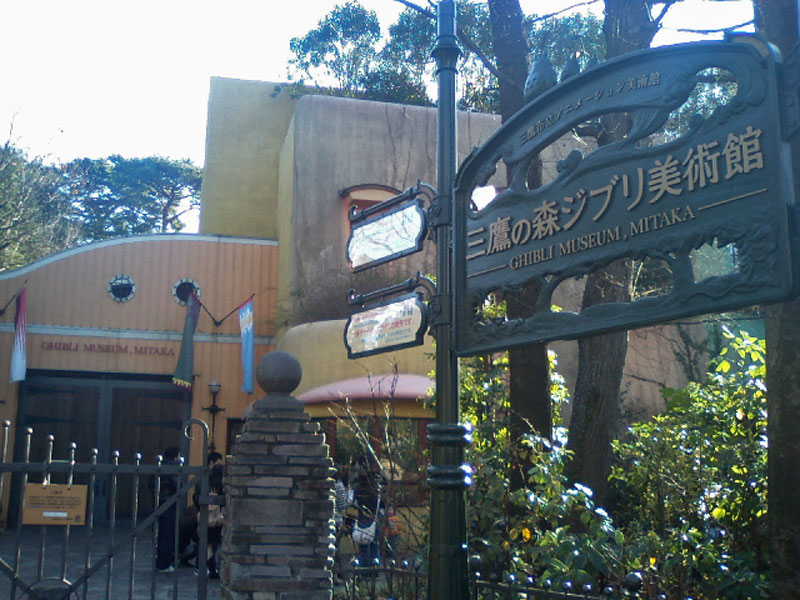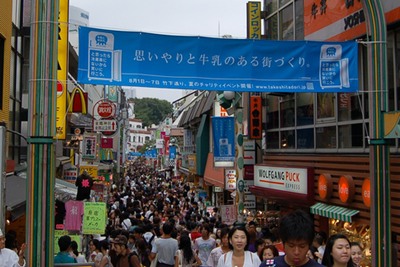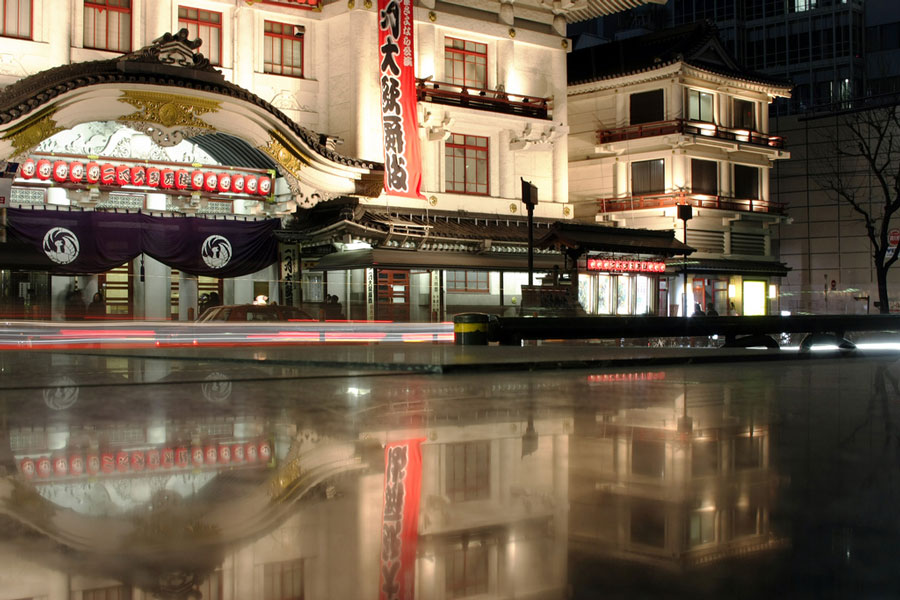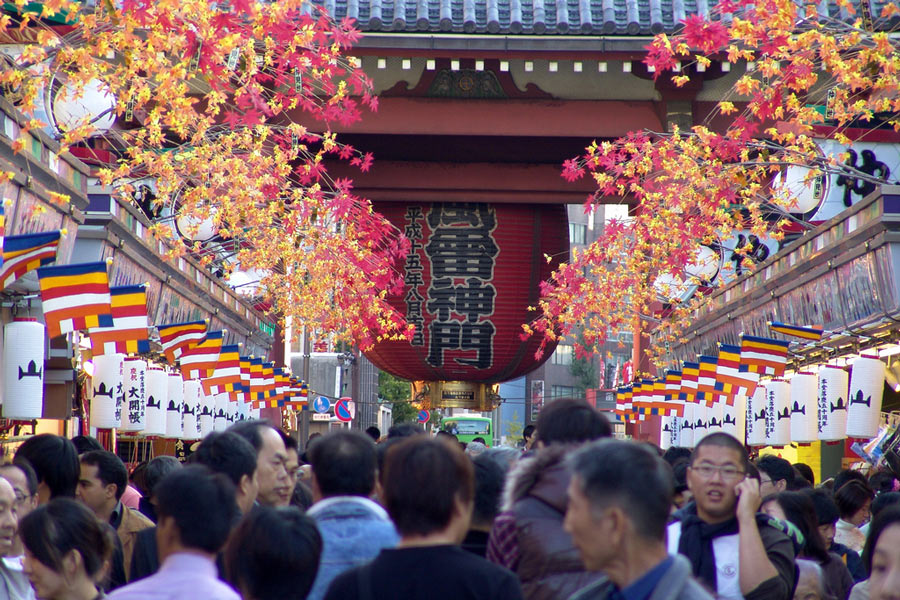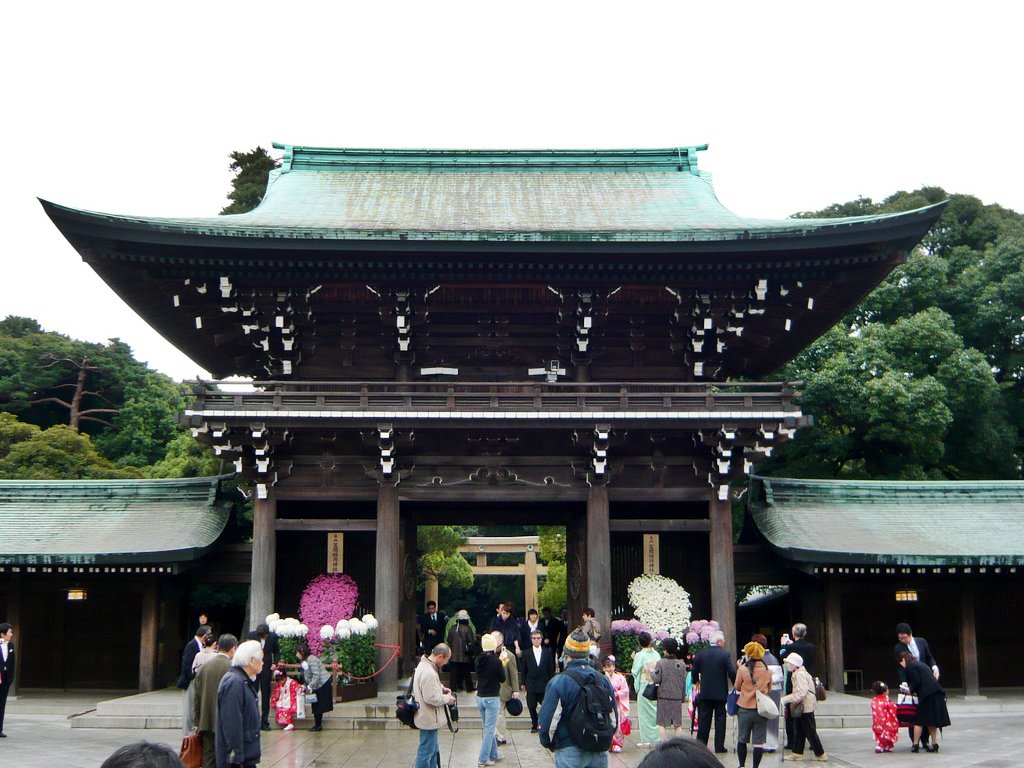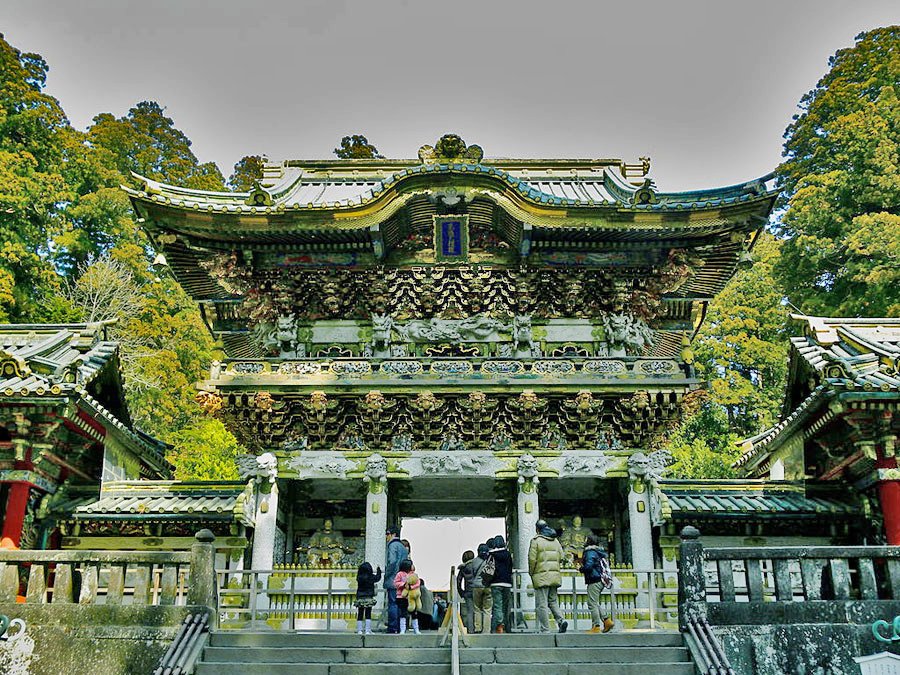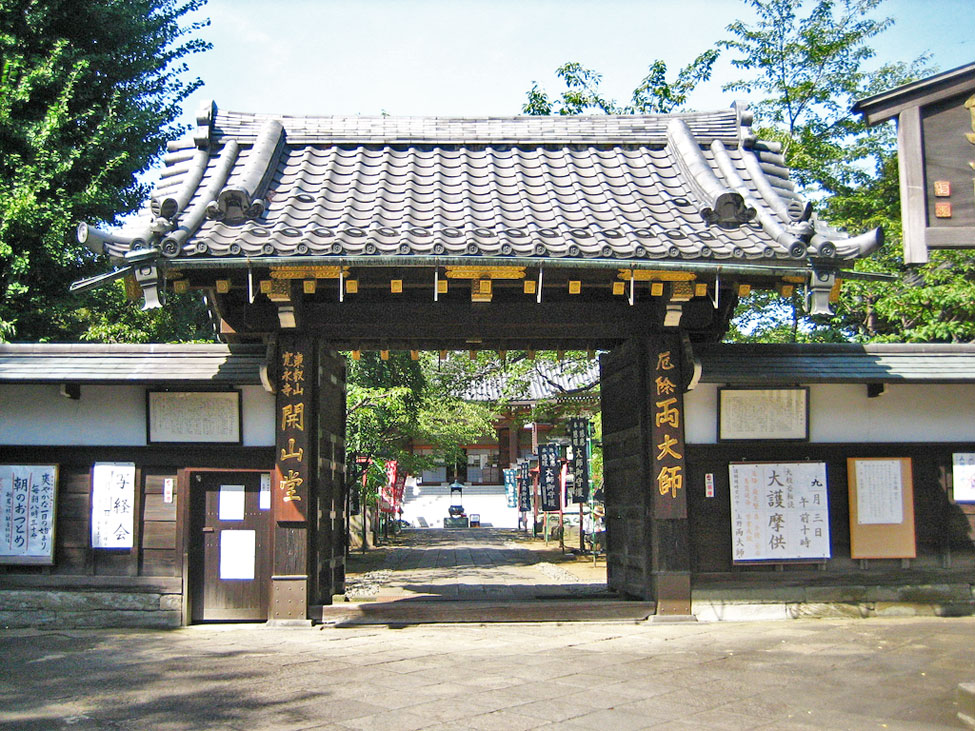If you happen to visit the African continent and wish to have the ultimate getaway, then head on to Thika in central Province, Kenya.
Its relative proximity with Nairobi makes it a strategic location for trading. This is why it has been known as a market town – despite being elevated by 1531 meters. While it attracts quite a number of tourists each year, the town’s railway station still has limited passenger service – so planning your trip ahead is important. Or better yet. Look for other means of transportation. You can even hire a transport service from Nairobi or Garissa.
But it’s not the market that attracts visitors to this idyllic town. It’s the numerous tourist destinations within it. The district known as the prime pineapple-growing region of Kenya is also home to Thika and Chania Falls. On the outskirts of the town lies Fourteen Falls, a popular picnic site. There is also a national park in the south eastern part called Ol Donyo Sabuk National Park. For those who have a knack for anything flora would be thrilled to see a flame tree within the town. It is said that the tree turns reddish orange every June, depending on the rainfall. Others can go to the Mugumo Gardens, the site where legendary seer has prophesized the end of the British rule in Kenya.
This area, which was originally the dwelling place of the Akamba tribe, has gone a long way. The influx of British and Asian settlers has paved the way for this relatively small town to have thriving businesses even in the early times. A bustling nightlife Kenyan style awaits weary travelers while ultra modern recreation centers cater to guests within the day.
There are a lot of things to do when in Thika. It’s just a matter of fixing your schedule to go to the different destinations within the town that interests you.














